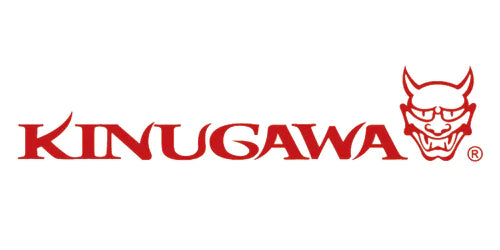A wastegate is basically a device that bypasses some exhaust flow around the turbine section of a turbocharger to control maximum boost. A wastegate is usually controlled by a pressure actuator that is connected to manifold pressure. The wastegate is normally closed, held shut by a spring inside the actuator canister. When preset pressure limits are exceeded, the actuator progressively opens the wastegate, allowing exhaust flow to bypass the turbine, thus regulating manifold boost pressure. On the surface, it sounds like a simple premise, and in fact, a wastegate is a simple device. The problem comes from the pressure in the exhaust system, called turbine inlet pressure that can bear against the valve, overpowering the spring in the actuator, and forcing the wastegate open at lower than intended boost levels.
The normal type turbocharger wastegate actuators are selected or engineered for a specified boost level and turbine inlet pressure. Such actuators are usually just big enough to do the job at the target boost levels under the 2 bar. If the turbocharger boost is increased for additional airflow and performance, the normal type wastegate actuator is frequently incapable of holding the wastegate fully closed until the higher boost level is reached. This happens because turbine inlet pressure also increases as boost pressure rises. The fix is to use a bigger spring in the wastegate actuator to hold it closed until the desired peak boost is achieved, however, that also requires a bigger actuator diaphragm to override the heavier spring when the desired boost level is reached. That’s why KINUGAWA created the Big Head actuator that’s used on many of its diesel or high boost level gasoline systems.
The net affect is that the turbocharger comes up to peak boost more quickly and then maintains that boost level throughout the engine’s RPM range for optimum mid-range torque and top end performance. Any questions just email to support@kinugawaturbosystems.com


